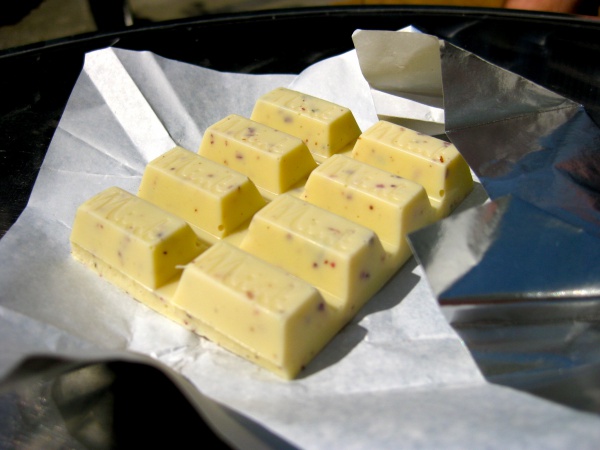Facts About White chocolate
White chocolate is a confection made from cocoa butter, sugar, and milk solids. Unlike milk or dark chocolate, it doesn't contain cocoa solids, which gives it a smooth, ivory hue. Due to its high melting point, white chocolate remains solid at room temperature, much like its darker counterparts. Although it contains only minimal amounts of theobromine and caffeine, it often includes added flavors such as vanilla.
Both the European Union and the United States have stringent regulations regarding what can be labeled as white chocolate. It must contain specified amounts of cocoa butter, milk solids, milk fat, and sugar. Prior to 2004, American manufacturers required special permission to market a product as white chocolate.
The history of white chocolate dates back to the 1930s when Nestlé introduced a product called Galak in Europe. In North America, Nestlé's Alpine White bar, which featured pieces of almond, enjoyed popularity from the 1940s to the 1990s. In the 1990s, Hershey further popularized white chocolate with its white Kisses and later introduced Hugs, a delightful blend of white and dark chocolate.

 Germany
Germany